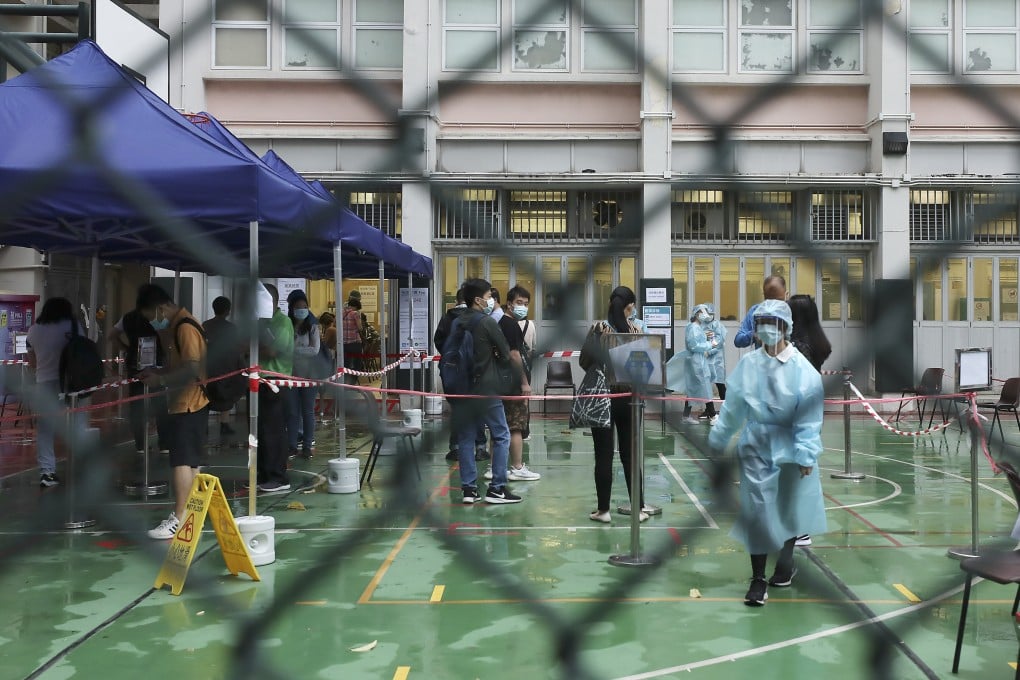Explainer | Hong Kong lockdown: what thousands of residents trapped inside restricted zone can and cannot do after Covid-19 spike
- Residents living inside cordon within Yau Tsim Mong district are barred from leaving as part of massive Covid-19 testing operation
- Area covers some 200 buildings in Hong Kong’s second most densely populated district

Thousands of civil servants, police and other members of the disciplined services have been deployed to stop residents leaving the targeted section of Yau Tsim Mong district and to support the Covid-19 testing of all residents by the end of Saturday.
The government on Saturday declared a lockdown as it set a target of “zero cases” in the restricted area, which sits in one of the city’s oldest neighbourhoods and is home to ageing, subdivided homes and haphazard sewage systems.
Those in the restricted area needing help may contact the Home Affairs Department at 2399 6949 or 2835 1473. A dedicated hotline available in multiple languages has also been set up for members of ethnic minority groups, and can be reached at 3755 6816.
1. Where is the lockdown?
The Hong Kong government officially confirmed at 4am on Saturday that the restricted area in Yau Tsim Mong district bordered by Woosung Street, Nanking Street, Battery Street and Kansu Street would be effectively locked down for 48 hours.
Starting on Saturday morning, residents living in some 200 buildings in the cordon will not be allowed to leave the area until the restriction is lifted, which could be as soon as 6am on Monday.